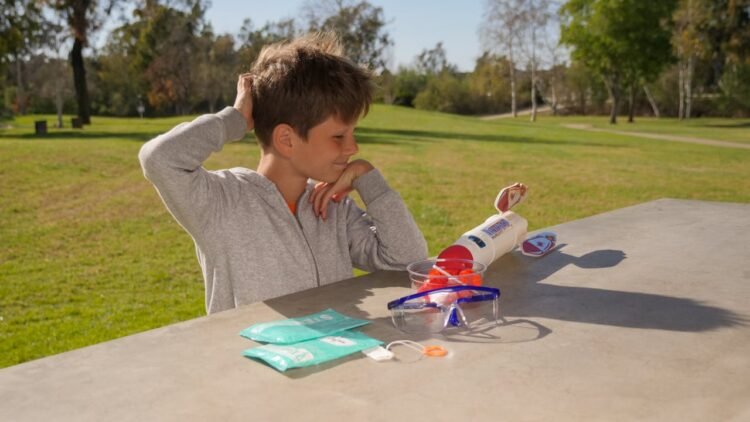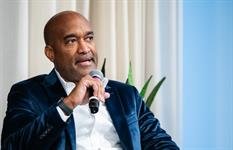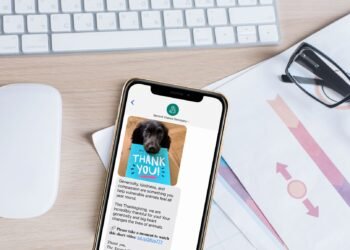Public relations plays a central role in the success of toy licensing and merchandising campaigns. From building anticipation for product launches to managing brand partnerships, PR professionals coordinate complex communications strategies that connect with multiple audiences simultaneously. The toy industry’s competitive nature demands strategic timing of announcements, careful management of exclusive merchandise releases, and the ability to generate sustained media interest throughout a product’s lifecycle. This comprehensive guide examines how PR drives success in toy licensing and merchandising, providing actionable insights for industry professionals seeking to maximize their campaigns’ impact.
Strategic Timing of Licensing Announcements
Timing makes a significant difference in the success of licensing announcements. The toy industry operates on a seasonal calendar, with major trade shows and events providing natural platforms for news releases. The Toy Fair New York, which attracts over 1,000 exhibitors and 30,000 attendees annually, serves as a prime opportunity for companies to announce new licensing partnerships.
Media outreach should begin 6-8 weeks before major announcements, with carefully planned embargo periods to build anticipation. This timeline allows journalists to prepare coverage while maintaining news value. According to a 2023 Toy Association report, announcements made during peak industry events receive 40% more media coverage than those released during off-peak periods.
Working with retail partners requires additional coordination. Major retailers typically plan their merchandising strategies 12-18 months in advance. PR teams must align announcement timing with these retail calendars while maintaining flexibility for market conditions and competing announcements.
Creating Buzz Through Exclusive Merchandise
Exclusive merchandise provides powerful PR opportunities when managed strategically. Limited edition releases generate natural scarcity that drives media interest and consumer demand. The success of exclusive toy lines often depends on creating authentic connections with target audiences through carefully crafted PR campaigns.
Social media plays an increasingly important role in exclusive merchandise promotion. According to industry data, toy brands that coordinate social media reveals with traditional PR efforts see engagement rates 3x higher than those using either channel alone. Successful campaigns often include:
- Staged product reveals that build anticipation
- Behind-the-scenes content showing product development
- Influencer partnerships featuring early product access
- Interactive social media events engaging fans directly
Physical events remain valuable for exclusive merchandise launches. Preview events for media and influencers create opportunities for hands-on product experiences that result in more detailed coverage. These events should incorporate elements that make the experience memorable and shareable across social platforms.
Managing Brand Collaborations
Brand collaborations require careful PR management to ensure all partners benefit equally from the partnership. Clear communication protocols between licensing partners help maintain consistent messaging and prevent conflicting announcements. Successful collaboration campaigns often involve:
PR teams must establish clear approval processes for all communications materials. This includes developing standardized templates that incorporate each partner’s branding requirements while maintaining flexibility for different types of announcements.
Media training for spokespeople from all partner organizations helps ensure consistent messaging. This becomes particularly important when dealing with high-profile collaborations that attract significant media attention.
Social media serves as a critical channel for toy licensing PR campaigns. Platforms like Instagram and TikTok provide opportunities for creative content that showcases products in action. According to social media analytics firm Sprout Social, toy-related content receives 25% higher engagement when featuring licensed characters compared to generic products.
Content strategies should align with platform-specific behaviors:
- Instagram: High-quality product photography and behind-the-scenes content
- TikTok: Short-form videos showing product features and play patterns
- YouTube: Detailed product reviews and unboxing experiences
- Twitter: Real-time engagement during product launches and events
Even well-planned licensing campaigns can face unexpected challenges. PR teams must prepare for various scenarios:
Product recalls require immediate, transparent communication with all stakeholders. Clear protocols should exist for notifying partners, retailers, and consumers while maintaining brand trust.
Intellectual property disputes can arise in licensing relationships. PR teams should have pre-approved response strategies that protect all parties’ interests while maintaining positive public perception.
Measuring Campaign Success
Effective measurement helps justify PR investments and optimize future campaigns. Key metrics include:
Media Coverage:
- Volume of coverage across different media types
- Message penetration in target publications
- Share of voice compared to competitors
- Quality of coverage (sentiment analysis)
Social Media Impact:
- Engagement rates on campaign content
- Hashtag performance
- Influencer reach and engagement
- Social sentiment analysis
Sales Performance:
- Direct sales attributed to PR activities
- Retail partner feedback
- Consumer survey results
- Brand awareness metrics
Working with Retailers
Retail partnerships significantly influence licensing PR success. PR teams must coordinate with retailers to:
- Align announcement timing with store merchandising plans
- Create exclusive retail promotions that drive foot traffic
- Develop joint PR initiatives that benefit both parties
- Support retailer-specific marketing campaigns
Conclusion
Successful PR campaigns for toy licensing and merchandising require careful planning, strategic timing, and coordinated execution across multiple channels. By focusing on creating authentic connections with target audiences, managing partner relationships effectively, and measuring results systematically, PR professionals can drive significant value in the competitive toy industry.
To implement these strategies effectively:
- Develop comprehensive PR calendars aligned with industry events
- Build strong relationships with media contacts and influencers
- Create clear communication protocols between licensing partners
- Establish measurement systems that track meaningful metrics
- Maintain flexibility to adapt to market changes and opportunities
The toy industry continues to evolve, but the fundamental role of PR in supporting licensing and merchandising success remains constant. By applying these principles while staying attuned to changing market conditions, PR professionals can help their organizations maximize the value of licensing partnerships and exclusive merchandise initiatives.














